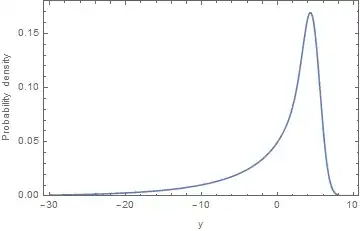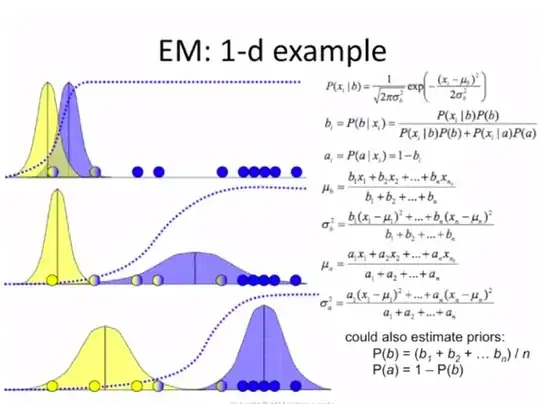Assume I'm a doctor and I want to know which variables are most important to predict breast cancer (binary classification). Two different scientists each present me with a different feature importance figure...
Logistic Regression with L2 norm (absolute values of model coefficients; 10 highest shown):

And Random Forests (10 highest shown):

The results are very different. Which scientist should I trust? Are one/both of these figures meaningless?
Code below; using the Wisconsin Breast Cancer data-set in scikit-learn.
from sklearn.datasets import load_breast_cancer
from sklearn.linear_model import LogisticRegressionCV
from sklearn.ensemble import RandomForestClassifier
import numpy as np
import matplotlib.pyplot as plt
data = load_breast_cancer()
y = data.target
X = data.data
clf = LogisticRegressionCV(max_iter=3000)
clf.fit(X, y)
coefs = np.abs(clf.coef_[0])
indices = np.argsort(coefs)[::-1]
plt.figure()
plt.title("Feature importances (Logistic Regression)")
plt.bar(range(10), coefs[indices[:10]],
color="r", align="center")
plt.xticks(range(10), data.feature_names[indices[:10]], rotation=45, ha='right')
plt.subplots_adjust(bottom=0.3)
clf = RandomForestClassifier(n_jobs=-1, random_state=42, n_estimators=400, max_depth=6, max_features=6) #has already been tuned
clf.fit(X, y)
coefs = clf.feature_importances_
indices = np.argsort(coefs)[::-1]
plt.figure()
plt.title("Feature importances (Random Forests)")
plt.bar(range(10), coefs[indices[:10]],
color="r", align="center")
plt.xticks(range(10), data.feature_names[indices[:10]], rotation=45, ha='right')
plt.subplots_adjust(bottom=0.3)
plt.ion(); plt.show()